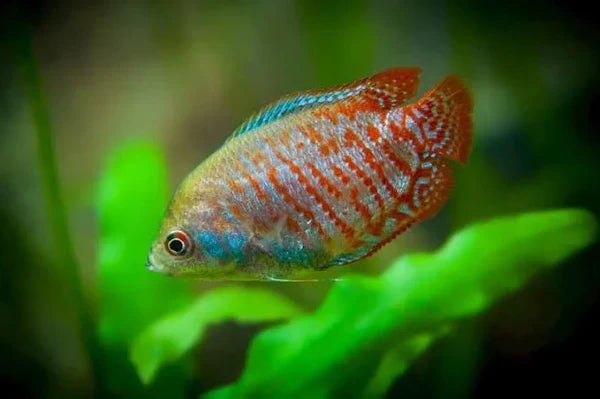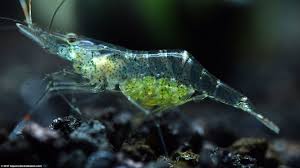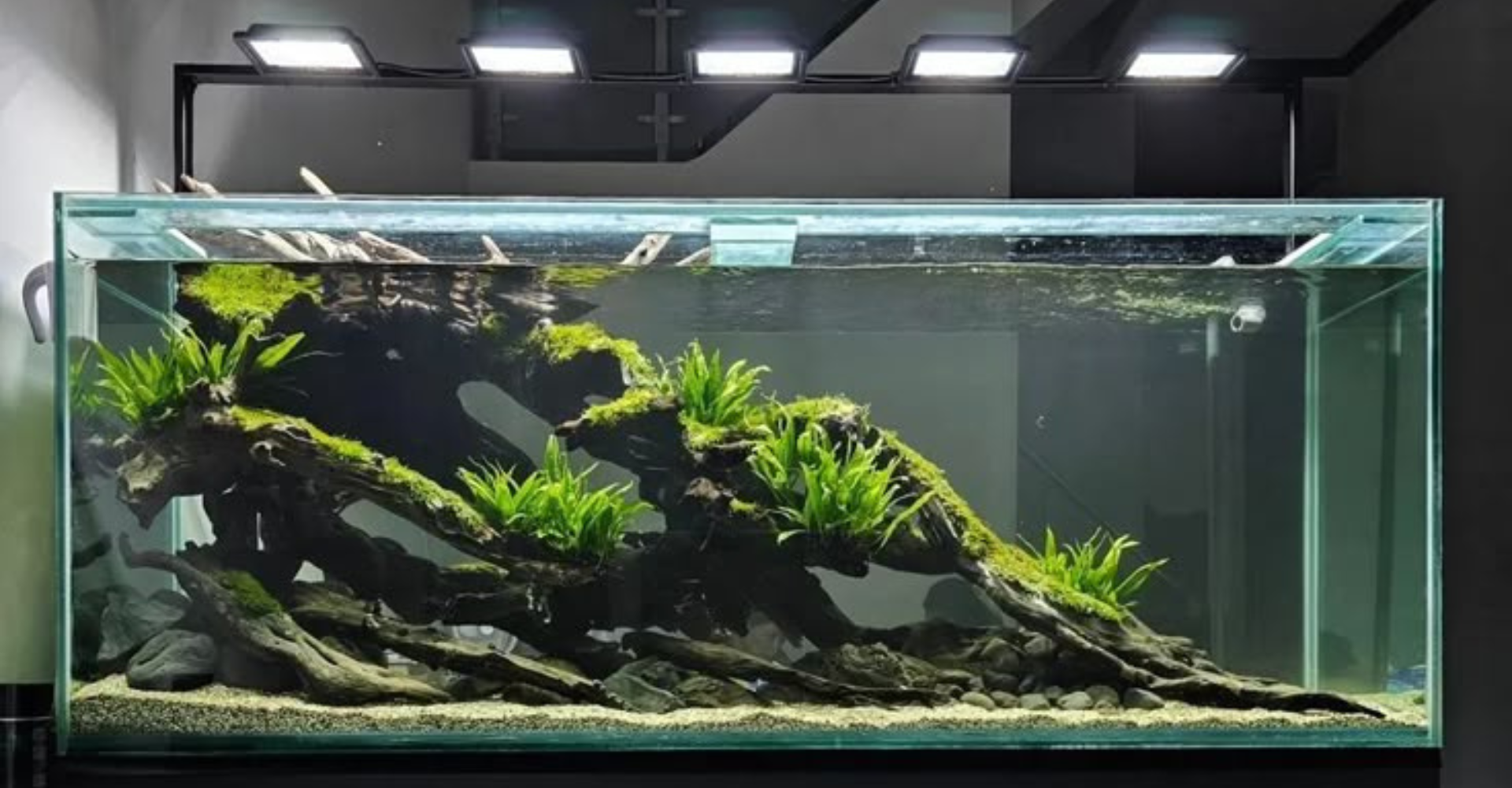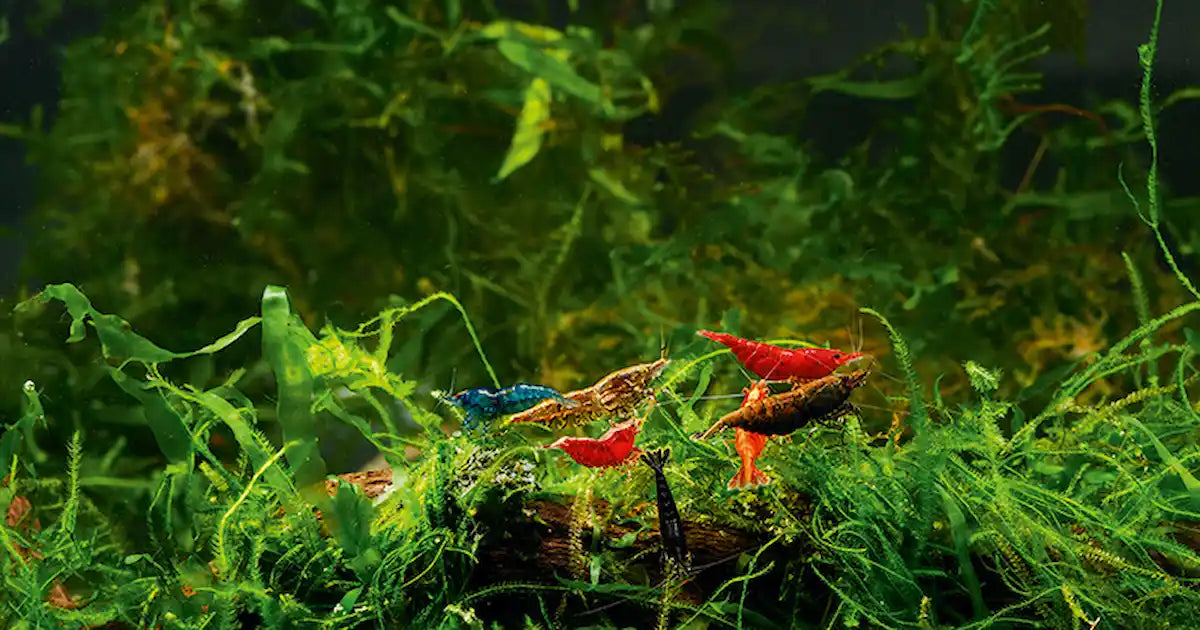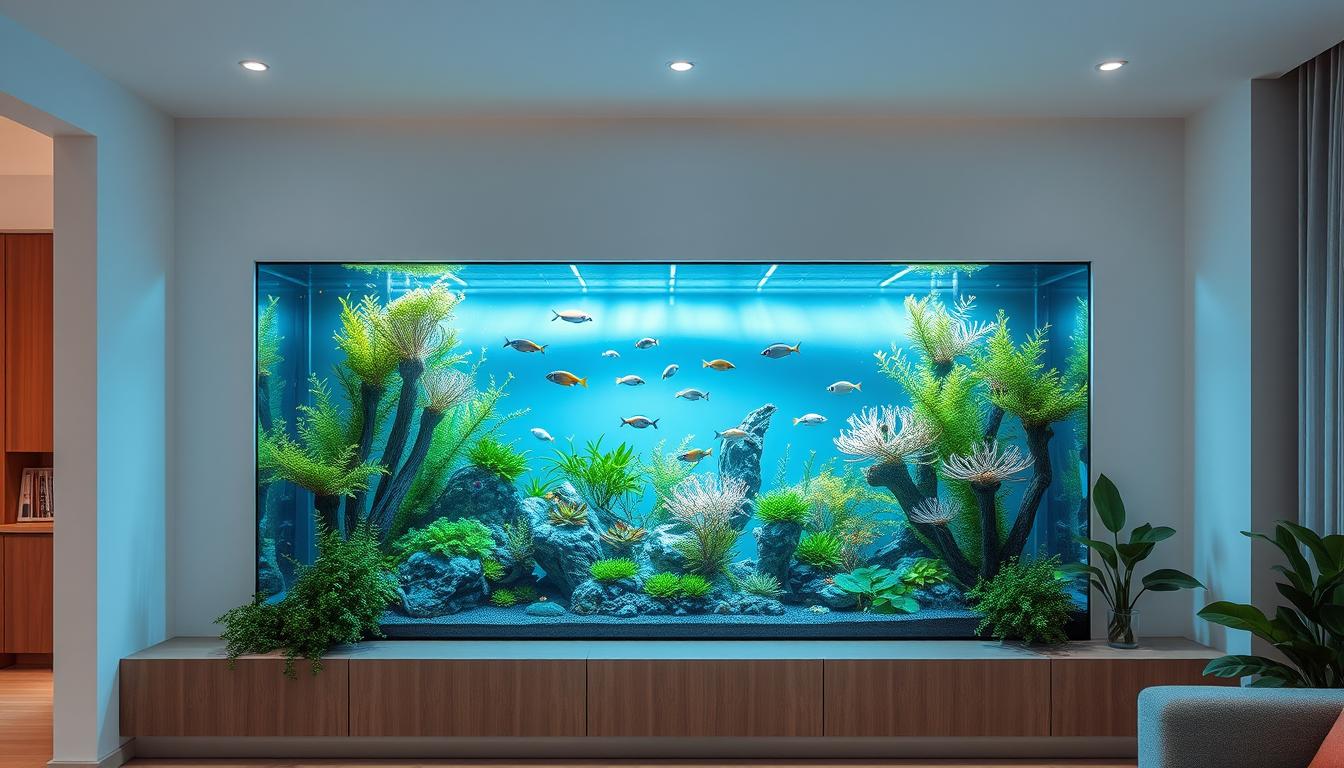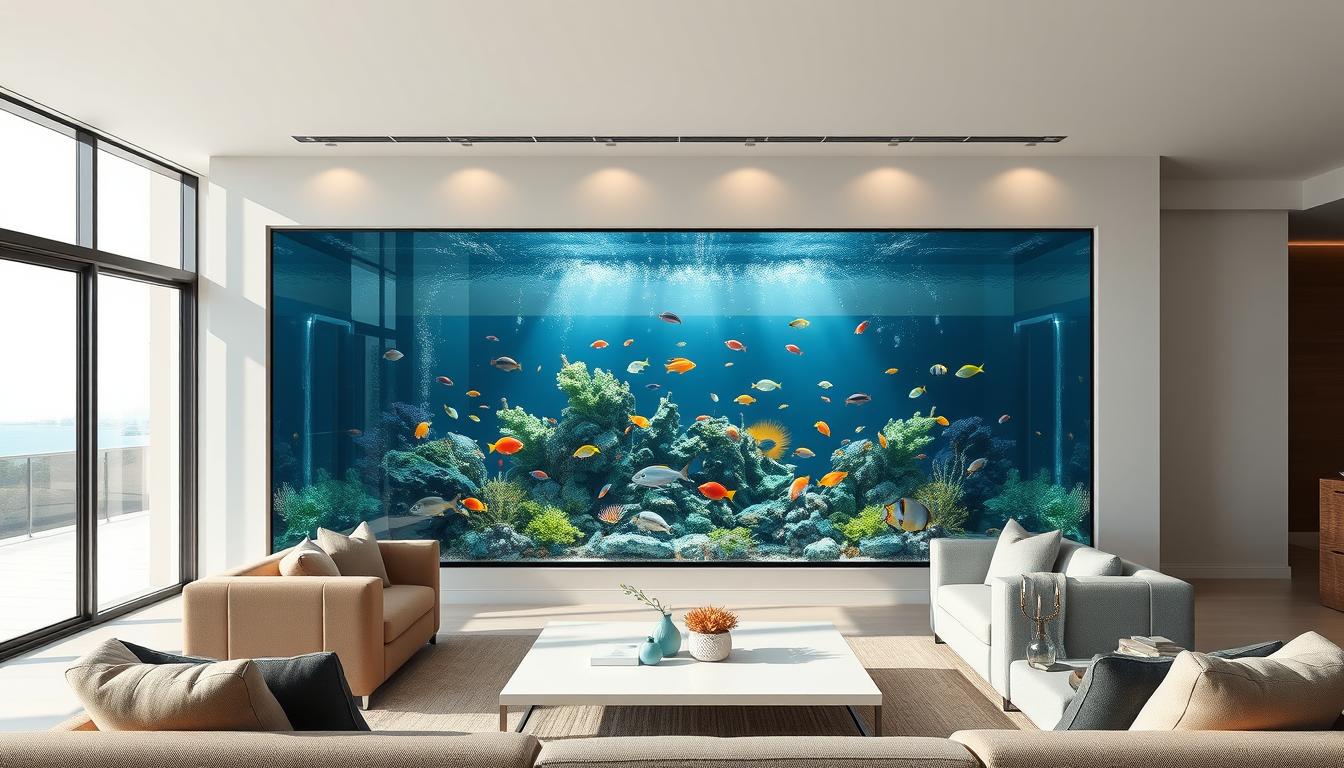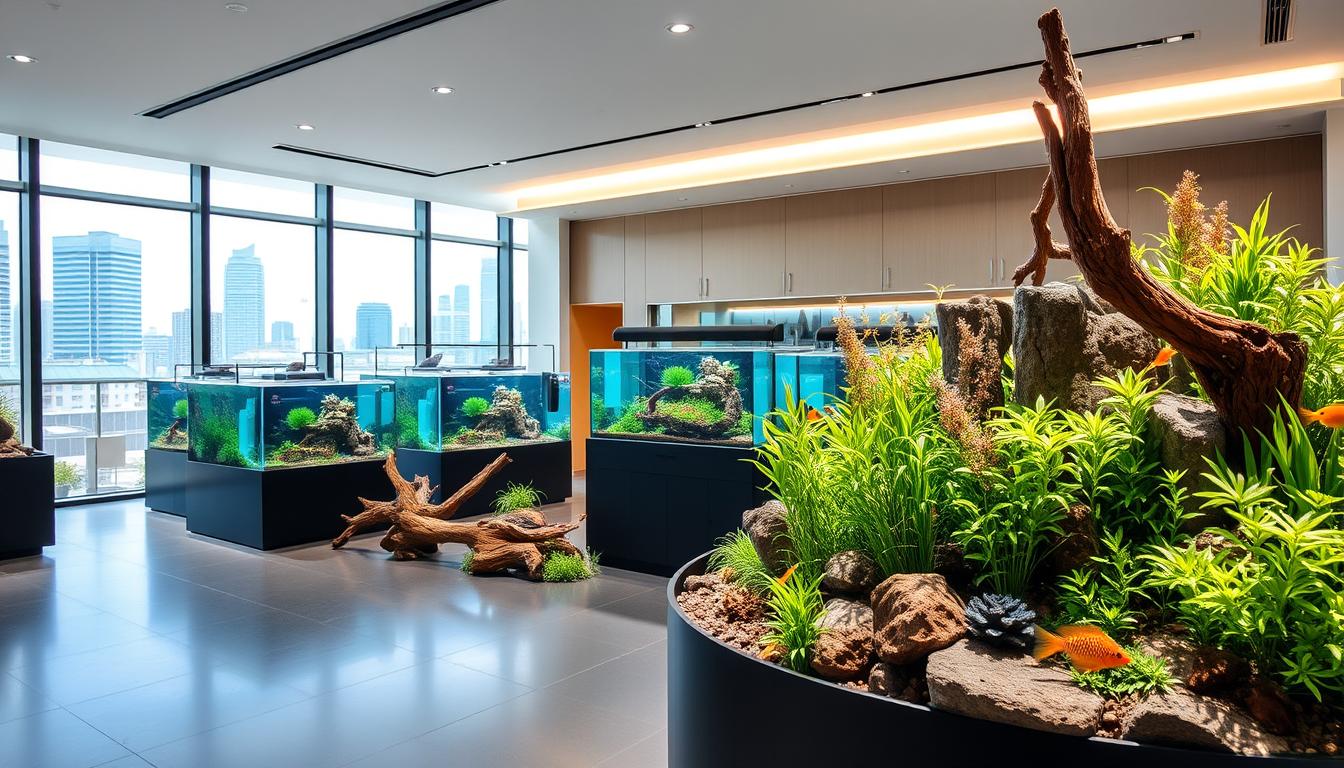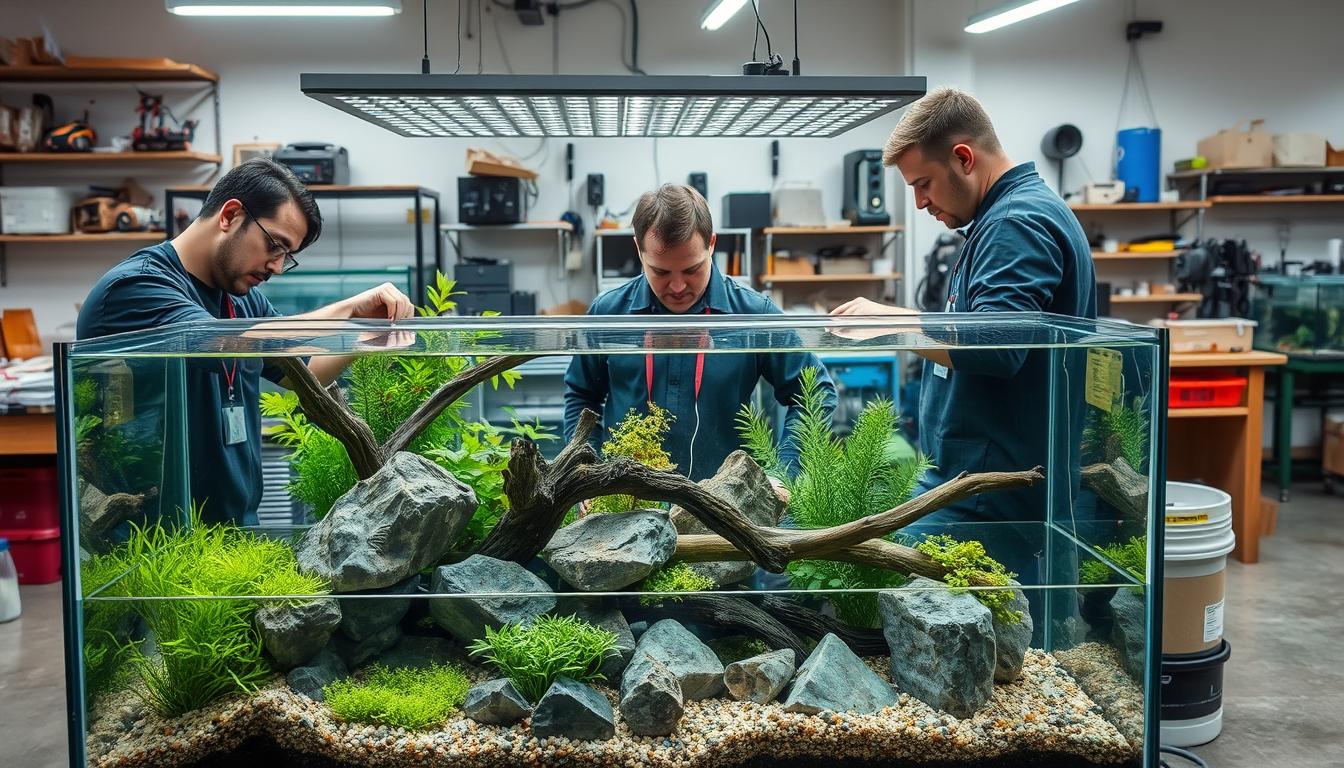Java moss.
Java moss is one of nature's most common aquatic and semi-aquatic plants and can grow on almost any surface, including driftwood, gravel, and water. The stems are short, up to 4 inches tall, and covered with small overlapping leaves of 0.7 inches.
Java moss has aesthetic benefits that give the tank a natural look and provide a realistic habitat for fish in captivity. When grown underwater, Java moss has smaller, greener leaves than when grown on land. Newly planted young moss is brighter than old moss.
This plant is a common feature in spawning tanks as it is a breeding ground for fish, and mosses are known to harbour disease vectors, making them ideal food for newly hatched fry.
Java moss is suitable for tanks containing all freshwater fish species. Fish and invertebrates eat plants, and bottom-dwelling fish are particularly fond of this plant.
Java moss is ideal for growing in tanks: cherry shrimp, crayfish, snails, angelfish, Cichlids, etc. This moss can be safely grown along with other aquatic plants without damaging it. Interrupt their development.
Java moss care is very easy. The plant grows in most water in nature and prefers strong currents, moderately warm water, and a neutral pH. Java moss does not need a special type of substrate as they are light enough to anchor to any surface or substrate.
Moderate or dim tank light for 8-10 hours a day is fine. The light allows plants to grow densely but increases algae growth. Moss is used to warm water moderately and tolerates temperatures up to 86°F, but it grows fastest in water with temperatures around 75°F.
How to grow Java moss
For quick moss setting, split it into 2-inch thin pieces to let the maximum amount of light hit the leaves and stems. Place the plant pieces on a medium, rock, or other flat surface and wait a few days for the plant to attach.
To grow Java moss on challenging surfaces, such as the curved edge of driftwood, tie the plant in place with a fishing line. Leave the rope in place until the tree attaches itself to the surface, then use scissors to cut the rope.
Algae often grow on Java moss, especially in well-lit tanks. Usually, algae grow faster than moss, so removing the algae without breaking the moss is difficult.
To reduce algae growth, add algae-eating fish and invertebrates to the tank, such as Chinese algae eaters and Amano shrimp. Before adding a new species to the tank, make sure it is compatible with the established species in the tank.
Micro Aquatic Shop has combo Red Cherry Shrimp x Java Moss. Let's check it out.
RICCIA FLUITANS - FLOATING CRYSTALWORT
Riccia Fluitans not only look great in the tank, but they can also make the water in the tank cleaner. Affordable to buy, easy to grow, and easy to care for.
Crystalwort is a very versatile plant that is easy to care for. If you want to create a crystal mat in your tank, Riccia Fluitans are dense mats that will benefit a wide range of fish species, making an excellent breeding ground for different fish species. With moss-like characteristics, this plant is a popular and excellent alternative to Java moss.
It has a bright green colour which is great for decorating the backdrop and foreground of tanks filled with anything from shrimp to plants.
For crystal grass growing on the surface of the aquarium, low light is sufficient. However, we recommend using high-intensity lighting, such as LEDs, for healthy plant growth.
Riccia fluitans tend to grow best in temperatures between 68 and 79 degrees F (20 to 26 degrees C). pH from 6.0 to 8.0. Within this range, crystalline grass can grow and thrive in aquatic environments with many species of fish.
When placing crystal grass in the tank, choose an area where you want the plant to grow. You have a few options here – on the tank, bottom, wall, on rocks or driftwood, or let it float on the water.
Easy to propagate crystal grass in any tank environment. It will even propagate without any outside help by releasing spores from the tips of the stems.
Buy RICCIA FLUITANS here.
FLAME MOSS ON THE DRIFTWOOD ROUND BASE - TAXIPHYLLUM SP
Flame moss grows mainly in various bushes of cold river water with a slow flow.
Flame moss grows in a specific upward spiral pattern, especially when firmly attached to rocks or driftwood. When kept in an aquarium, flame moss can be about 3 to 4 inches long in a vertical spiral. The plant's thick, swirling shoots grow upward and produce an optical image of a burning flame as its large leaf crowns are formed.
Flame moss can be the perfect shelter and cover for fish, shrimp, and other critters in an aquarium. They can also grow food sources such as infusions and biofilms.
Flame moss is ideal for anyone and aquarist as it can be kept easily in various temperatures. Generally, fire moss needs proper care, mostly in the aquarium, to thrive. Flame moss does not need strong aquarium light to photosynthesize and grow. The temperature of fire moss in their natural habitat is usually between 68-83°F (20-28°C), and the pH of aquarium water should preferably be between 6 and 7.5.
The shoots of fire moss can grow up to 4 to 6 inches long, but when kept in an aquarium, they usually do not exceed 3 inches, which is about 8 centimetres.
Buy FLAME MOSS here.
SUBWASSERTANG (FRESHWATER SEAWEED)
Subwassertang, also known as Round Pellia, Monoselenium Tenerum, and Loma fern, is an easy-care plant for freshwater and saltwater aquariums.
Subwassertang is one of the best plants you must have for your shrimp tank. The green leaves are a favourite hiding place for shrimp and shy fish. It acts as a good food source for shrimp, mainly juveniles.
Subwassertang is a floating aquatic plant for any type of aquarium due to its low light requirements. Plants can keep your aquarium water oxygenated by neutralizing toxins in the water.
Temperature 68° – 86° F (20° – 30° C)
pH 5.5 – 7.5
Lighting: Low to Medium
Subwassertang has the benefit of providing oxygen to the water. By performing photosynthesis, it consumes the carbon dioxide produced by the fish and releases oxygen into the water column.
Subwassertang is easy to grow because it has no roots. You can place it directly into the substrate to create a layer at the bottom of the aquarium or tie it to rocks or driftwood.
While the Subwassertang is an easy plant to care for with almost no extra equipment, there are a few factors you need to consider to help it thrive.
Buy Subwassertang here.
Subwassertang grows as a hedge or bush. Use your thread to tie the tree and wood together. Make sure you cover every part of the plant because, in the next few days, it will grow, and you won't be able to see the thread.
Ideal tank mates for Subwassertang: Shrimp – All types of shrimp. Bamboo Shrimp, Ghost Shrimp, Amano Shrimp, Crystal Shrimp, Red Rili Shrimp, Blue Bolt Shrimp, etc.
Christmas moss

Vesicularia Montagnei, commonly known as Christmas Moss, grows at 65-77 degrees Fahrenheit in low light and needs a pH between 5.0 and 7.5.
It is a slow-growing plant but suitable for beginners. When it is planted attached to a piece of driftwood or tree root, it takes on a triangular shape similar to a Christmas tree, hence the name.
However, when it is planted freely, its shape changes and looks more like Java moss. The difference between Christmas moss and Java Moss can be easily recognized by the softer leaves of Christmas Moss.
The most common use of Christmas Moss is to create a green wall covering for the aquarium. This can be done by placing moss between two pieces of netting in a sandwich-like manner and then pressing the moss against the wall of the tank.
It will slowly grow through the grid, forming a wall. It can also be used as a floor, but it is not recommended as this way, the algae will quickly grow, and it will be difficult to keep the tank clean.
Willow moss.
Fontinalis Antipyretica, as it is commonly called, is dark green in colour and looks best as it grows larger and its vibrant pale green tips begin to show. It got its name because it looks like a drooping willow tree.
It grows well at lower temperatures and is very easy to grow and care for. It is native to Asia, slow growing to 2-4 inches tall with medium light and carbon dioxide needs.
Willow moss is great for smaller tanks; It needs medium light but can turn brown if the water becomes too warm. Willow moss is very good for most fish and shrimp species.
Keep aquatic moss in the tank.
Growing moss in a large aquarium or even an aquarium is not rocket science. You need to consider a few important factors, and then there are some other easy-to-implement methods. Ideally, mosses are very different from your main aquatic plants, so you need to be careful when growing them.
One of the biggest factors to look out for is algae growth when keeping them in the tank. It's the last thing you want in a tank. On the other hand, mosses have very little requirement for their growth. They can grow in low light, low CO2 and many other factors.
Visit our aquatic moss and get your tank the most suitable algae. Need a quick consultation? Let's jump on a call with our expert.







